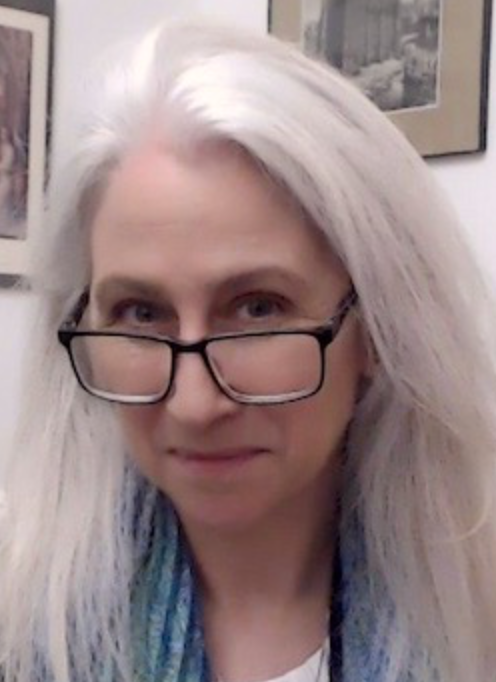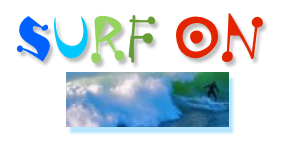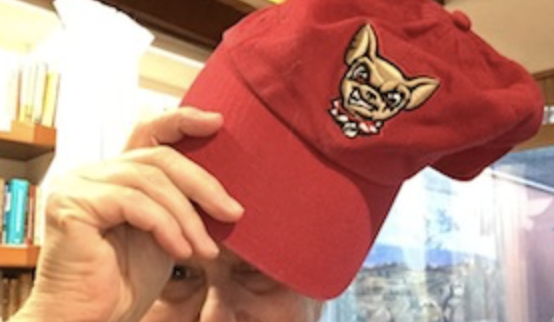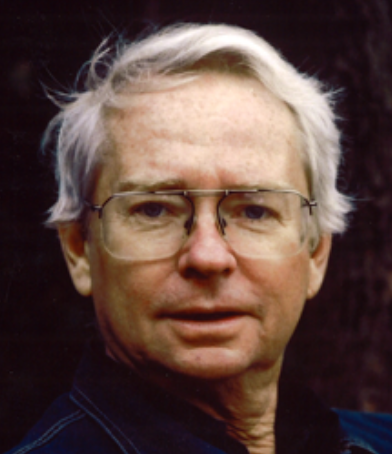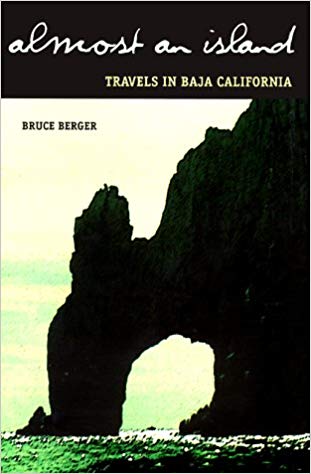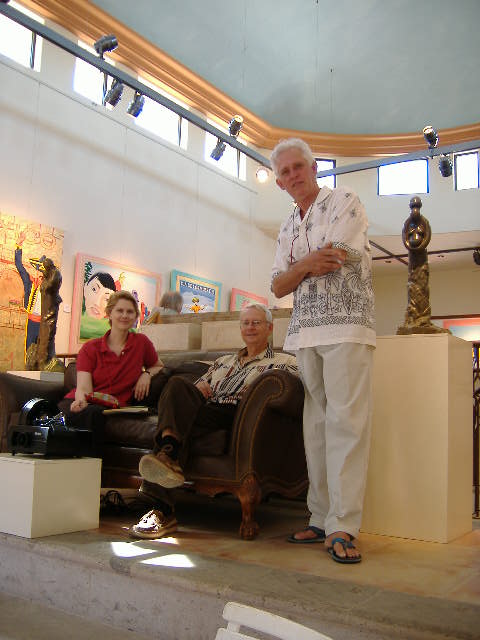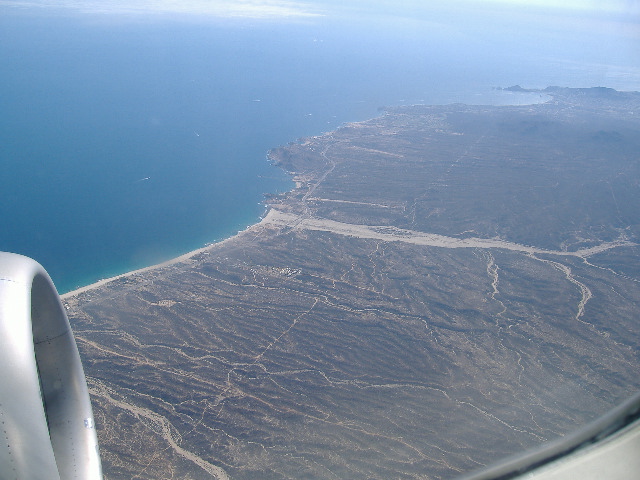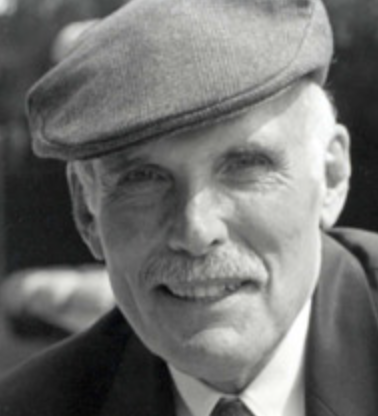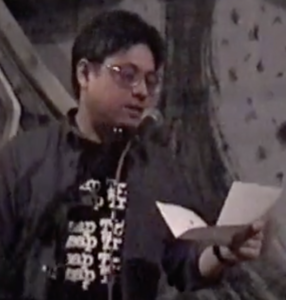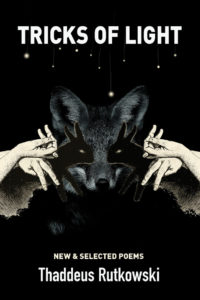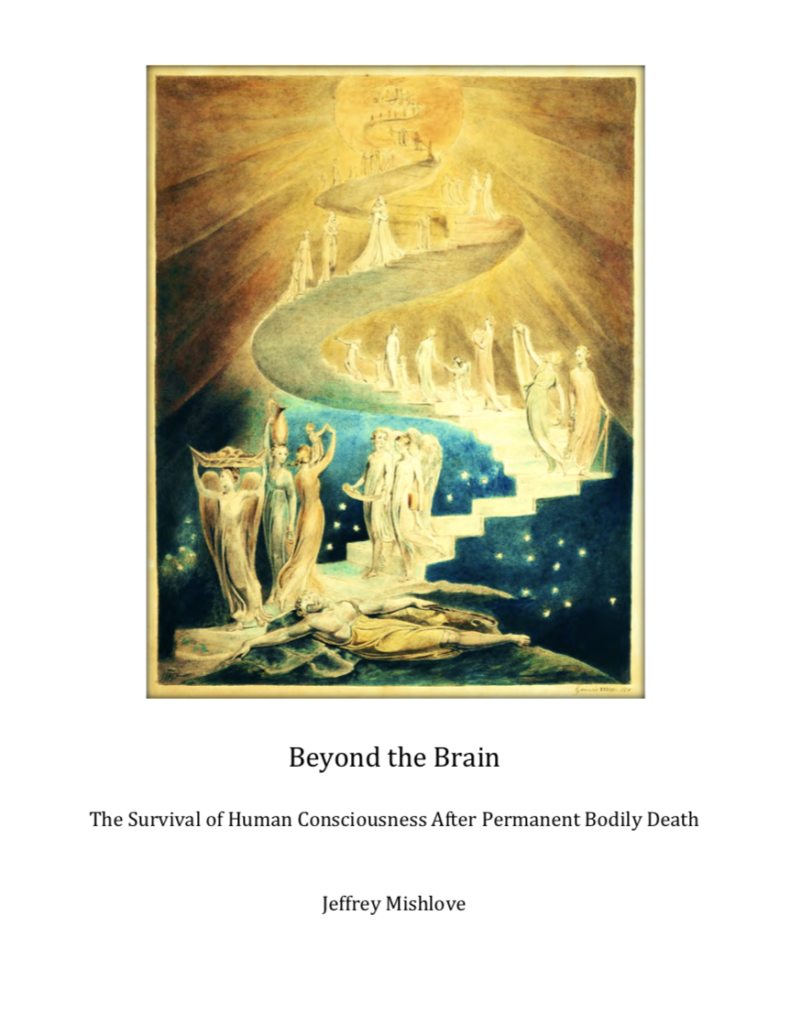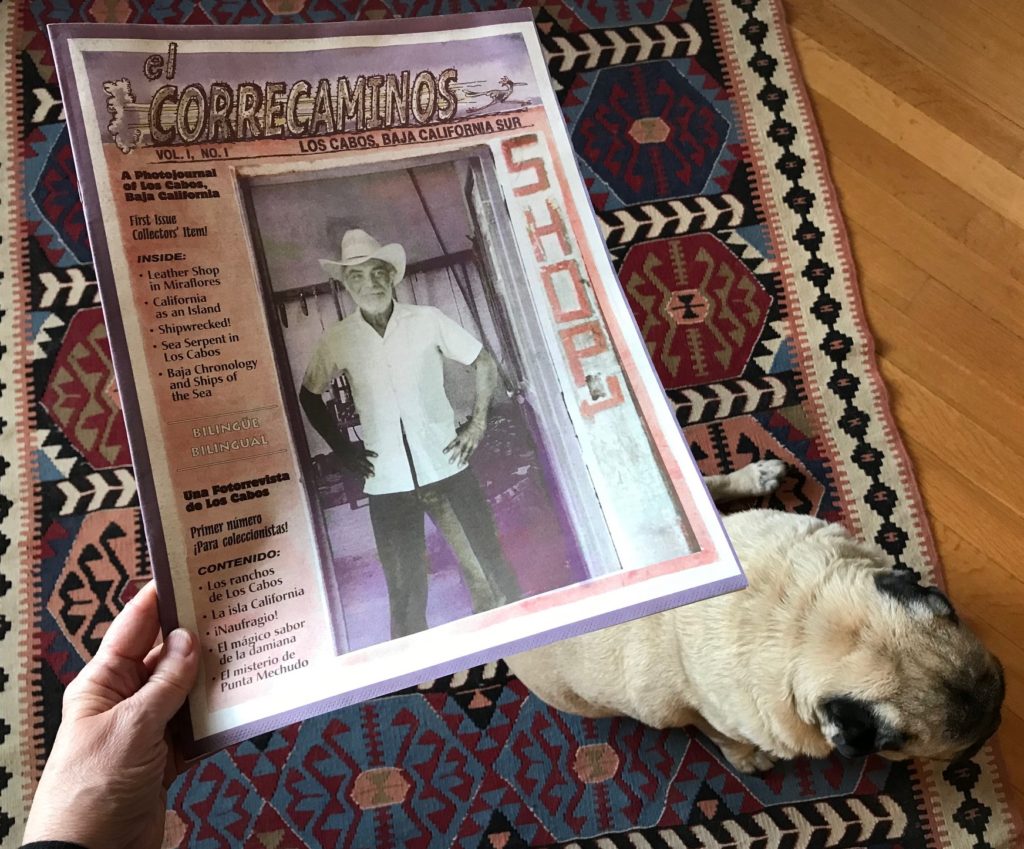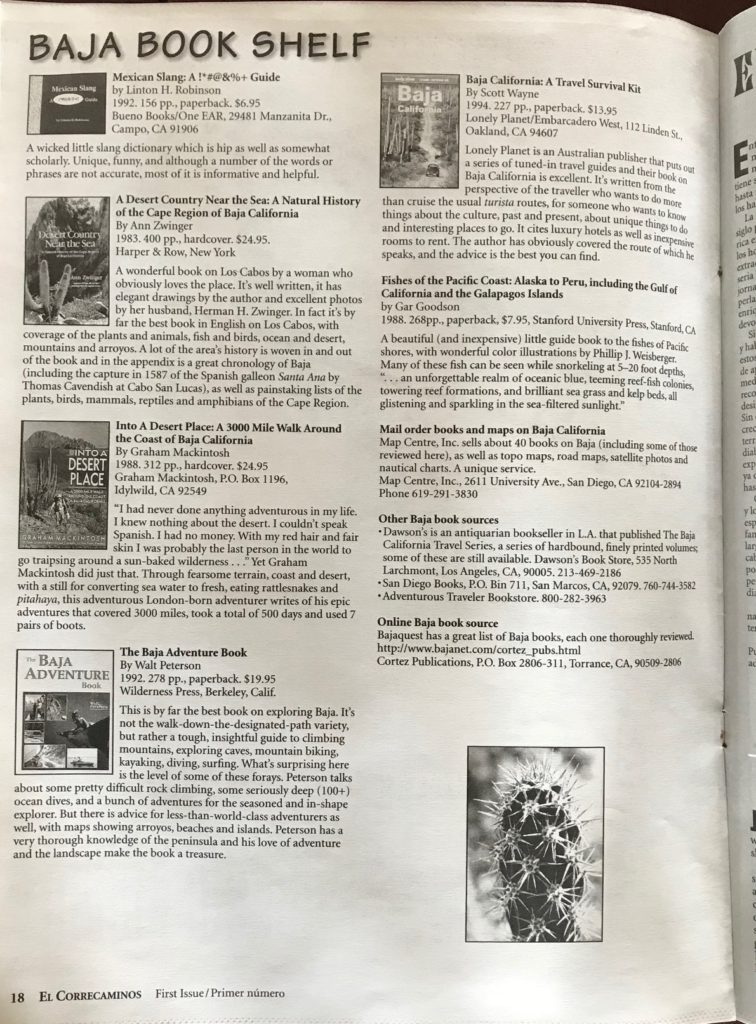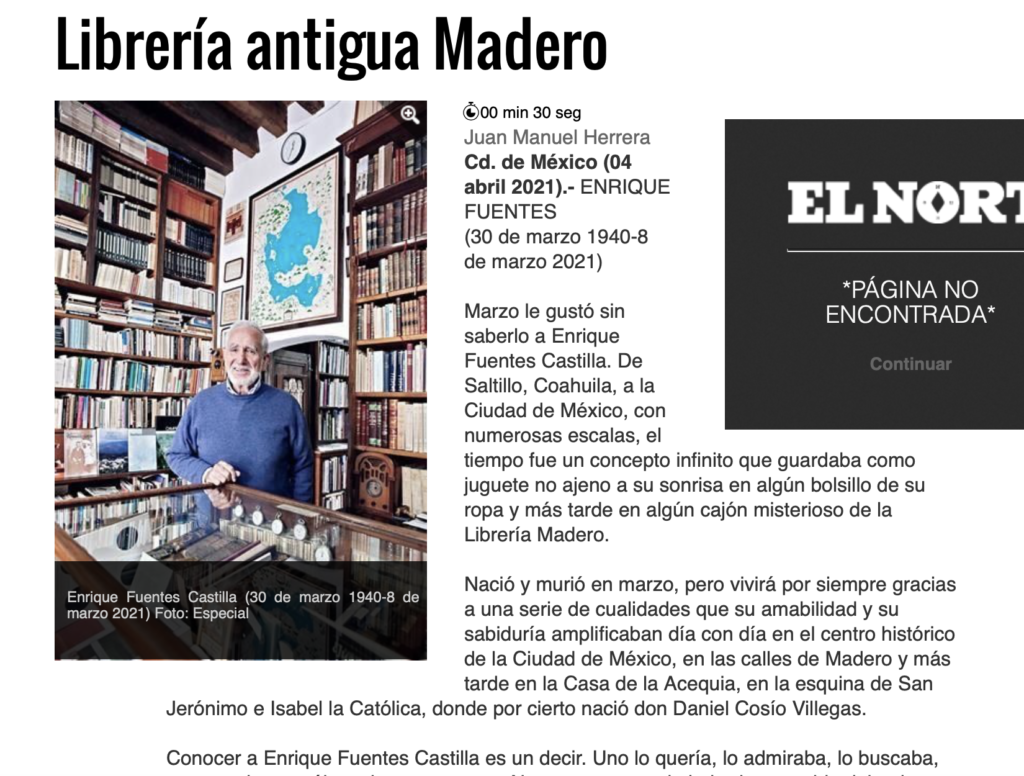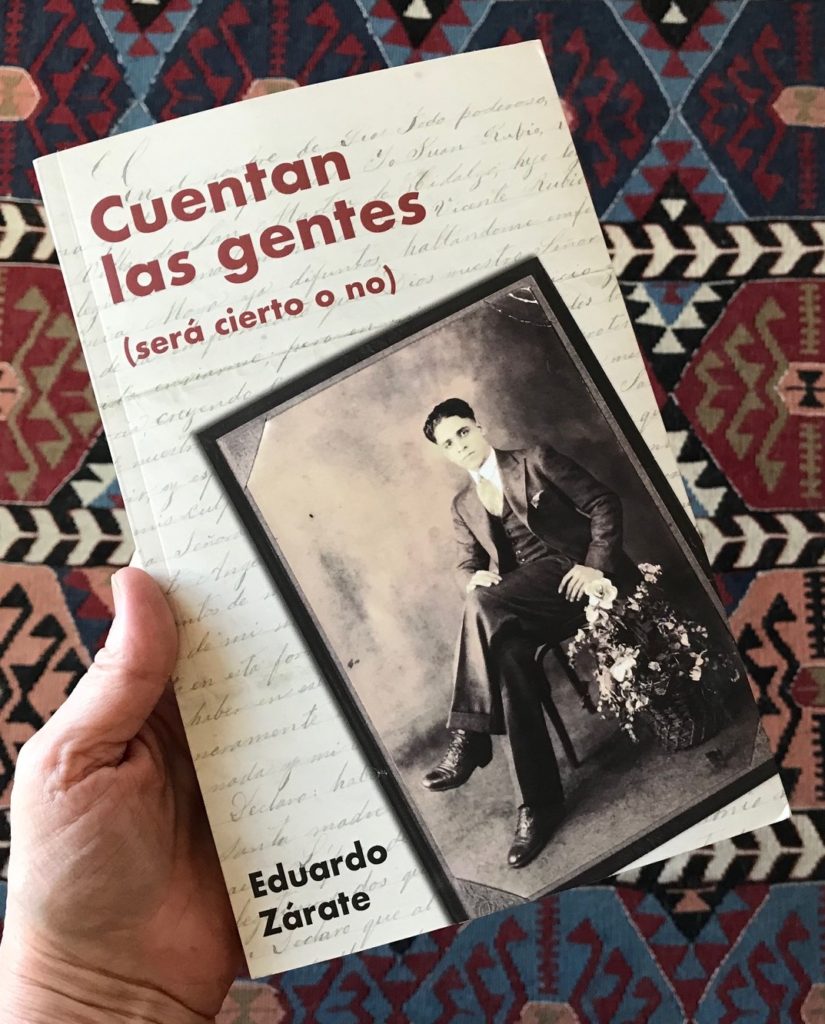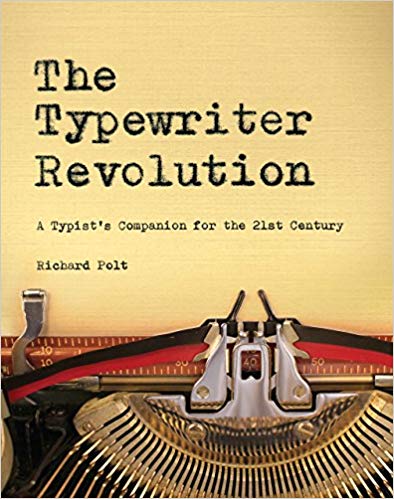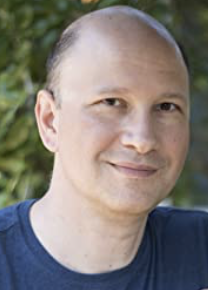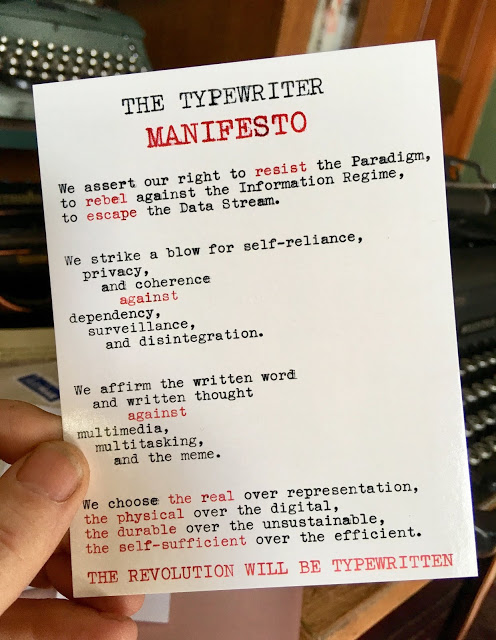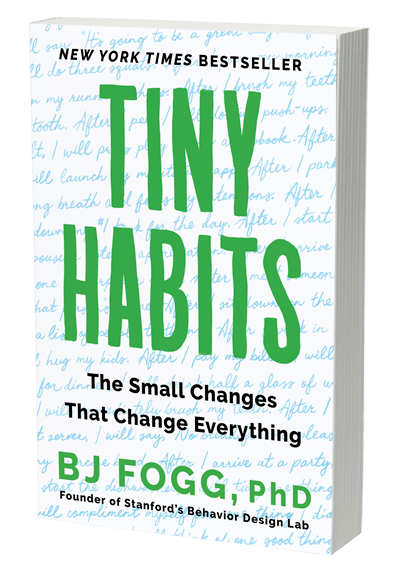
Through the rest of 2022, look for a post on Texas Books (apropos of my own book-in-progress on Far West Texas) on the first Monday of every other month. On the fourth Monday of every other month I post a Q & A with a fellow writer. This Monday, August 1st, it’s a two-fer: a Q & A with Judy Alter about her superb contribution to Texas history and, of particular interest to me, ranching history. The Most Land, the Best Cattle also happens to be a wild story, and a fun read.
“I think there are two kinds of readers for this book: those who know Texas history and the cattle industry and will appreciate it on one level, while there’s a host of people who will read on another level for sort of vicarious experience, wishing they were cattle barons, had that money and power and what seemed a glamorous life. The first kind of reader is also more likely to appreciate the very real contributions W. D. Waggoner made to Fort Worth and North Texas generally. I think his work sometimes get lost in the glitz.”
— Judy Alter


From the catalog copy:
“In the 19th century, Daniel Waggoner and his son, W.T. (Tom), put together an empire in North Texas that became the largest ranch under one fence in the nation. The 520,000-plus acres or 800 square miles covers six counties and sits on a large oil field in the Red River Valley of North Texas. Over the years, the estate also owned five banks, three cottonseed oil mills, and a coal company.
“While the Waggoner men built the empire, their wives and daughters enjoyed the fruits of their labor. This dynasty’s love of the land was rivaled only by their love of money and celebrity, and the different family factions eventually clashed.
“Although Dan seems to have led a fairly low-profile life, W. T. moved to Fort Worth, became a bank director, built two office buildings, ran his cattle on the Big Pasture in Indian Territory (Oklahoma), hosted Teddy Roosevelt at a wolf hunt in the Big Pasture, and sent Quanah Parker to Washington, D.C., for Roosevelt’s inauguration. W. T. had three children including his daughter, Electra, the light of his life. W. T. built a mansion in Fort Worth for her—today the house, the last surviving cattle baron mansion on Fort Worth’s Silk Stocking Row, is open to the public for tours and events. Electra, an international celebrity and extravagant shopper (she once spent $10,000 in one day at Neiman Marcus), died at the age of forty-three.
“W.T.’s brother Guy had nine wives; his brother E. Paul, partier and horse breeder, was married to the same woman for fifty years and had one daughter, Electra II. Electra II was a both a celebrity and a talented sculptor, best known for a heroic-size statue of Will Rogers on his horse, Soapsuds, as well as busts of two presidents and various movie stars. She is said to once have been involved with Cary Grant. After marriage to an executive she settled in a mansion at the ranch and raised two daughters.
“This colorful history of one of Texas’s most influential ranching families demonstrates that it took strength and determination to survive in the ranching world… and the society it spawned.”
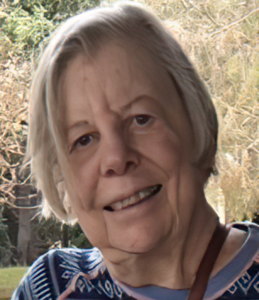
The Most Land, the Best Cattle
C.M. MAYO: What inspired you to write The Most Land, the Best Cattle?
JUDY ALTER: I’d studied this family for years, drawn by the career of Electra II who with wealth, beauty, and sophistication, could have spent her days reading Silver Screen and eating bonbons but she developed her talent and carved out a career. Of course when you scratch beneath the surface there’s a much bigger story. But that’s where is started some thirty-plus years ago.
C.M. MAYO: Of course your book was published in 2021, the midst of the pandemic, but apart from that, what has most surprised you about its reception?
JUDY ALTER: I guess the people who read it. I was so pleased with Red Steagall’s endorsement and with the sales—my books are not generally bestsellers, but this one did better than usual. I think Texans are always interested in the ranch families and their stories. I have not heard from the one descendant still living who had a prominent part in the book and that’s a disappointment—he wrote a nice note saying he had it and he and his family looked forward to reading it, but then I heard no more.
C.M. MAYO: Which writers have been the most important influences for you in general— and also, specifically, when you were writing The Most Land, the Best Cattle?
JUDY ALTER: The late Texas novelist Elmer Kelton, who captured Texas history from before the Alamo through the early twenty-first century had more influence on me than anyone else. He was a good friend and mentor. Erin Turner who edited my first book with TwoDot taught me a great deal about crafting creative nonfiction. I suppose McMurtry’s early novels—Horseman, Pass By and Leaving Cheyenne—also were influential.
C.M. MAYO: I am genuinely surprised not to have come across much about the Waggoners and their stupendous ranch, and the celebrity Electras, before I read your book. Surely the Waggoner’s story, or rather stories about them, and the Electras, Electra I and Electra II, have been an influence on such novels as Giant (later made into the movie starring Elizabeth Taylor, Rock Hudson, and James Dean), and TV shows such as Dallas. Might you say more in this wise?
JUDY ALTER: It is surprising that more wasn’t known about the Waggoners, because their twentieth century history is full of divorce and scandal and lawsuits. Yet in their own way, they were private. None of them left any memoirs, glimpses into their thoughts and feelings (except two impersonal, disorganized scrapbooks of Electra II—I was fortunate enough to study them years ago; now they are in the Red River Valley Museum with public access forbidden). There were occasionally features in the Fort Worth Star-Telegram, Texas Monthly, and other places.
I’m not sure what family Edna Ferber had in mind—in many ways, it could have been the Waggoners, or the King/Kleberg owners of the King Ranch (they generally kept a much lower profile than the Waggoners). I’ve never seen a reference to much research by Ferber. In the same way, parts of Dallas may have been inspired. W. T. Waggoner (second generation) was the patriarch for many years, and while crusty and taciturn and interesting, he was not flamboyant. That came with his daughter and his grandchildren.
C.M. MAYO: Electra II, Electra Waggoner Biggs has to be one of the most unusual artists in Texas history, which certainly has no shortage of characters! Do you think, or do you know of any evidence that she might have been inspired by the example of the sculptor Elisabeth Ney?
JUDY ALTER: No such luck. She took a sculpting class in NYC on a whim, discovered she had a talent for it, and began to work at it. In the afternoons. Evenings, she dined, danced, and partied; mornings, she slept. But she really did put a lot of hard work into the Will Rogers piece.
C.M. MAYO: What’s next for you as a writer?
JUDY ALTER: I’m working on a book about the life and work of Helen Corbitt, doyenne of food at Neiman Marcus in the fifties and sixties, cookbook author, etc. I want to place her against the background of what was happening with food in America. Tentative title: Tastemaker: Helen Corbitt, Neiman Marcus, and America’s Changing Foodways. But, like Electra’s sculpture, it’s slow going and hard work.
PROCESS-RELATED QUESTIONS
C.M. MAYO: As you were writing The Most Land, the Best Cattle, did you have in mind an ideal reader? If so, how might you describe that ideal reader?
JUDY ALTER: I think there are two kinds of readers for this book: those who know Texas history and the cattle industry and will appreciate it on one level, while there’s a host of people who will read on another level for sort of vicarious experience, wishing they were cattle barons, had that money and power and what seemed a glamorous life. The first kind of reader is also more likely to appreciate the very real contributions W. D. Waggoner made to Fort Worth and North Texas generally. I think his work sometimes gets lost in the glitz.
C.M. MAYO: What was the most challenging aspect of researching and writing this book?
JUDY ALTER: Fleshing out the story, because they left so little in the way of personal records. The editor encouraged me to use my storytelling skills and create scenes—I know purist historians frown on such. In fact, I cannot do that with the Corbitt book, and as a result it’s harder to catch her distinctive personality, red-haired Irish temper and all.
C.M. MAYO: Researching a book like this requires extraordinary organizational skills. Can you talk about your working library and how you keep track of the books you read / consulted for The Most Land, the Best Cattle?
JUDY ALTER: In recent years I’ve written more fiction than not, so the research skills I gathered in graduate school have grown rusty. I kept a pile of Waggoner-related books on one corner of a bookcase where they were handy, and I tried to keep a running bibliography as I went on my computer. Beyond that my notes are handwritten on legal pads, which is most inefficient but comes naturally to me. To find a specific note I sometimes had to page through an entire pad.
C.M. MAYO: And how do you keep track of articles, both on-line and on paper?
JUDY ALTER: I keep that running bibliography on my computer and labeled each legal pad page with the source—in my own handwriting which is increasing illegible, even to me, as I age.
C.M. MAYO: Any other tips to share / hard-earned lessons in organizing one’s research?
JUDY ALTER: I’ve often though of going back to the 3×5 note cards of grad school. It was a much more efficient way to organize. But after one or two tries, I found myself reaching for a legal pad. I just bought a new supply of twelve of them.
C.M. MAYO: On research files: What happens to them when you are finished with the book? How do you store them? Do you give them to an archive? (Do you have any related advice for other writers with books that required significant original research?)
JUDY ALTER: To my surprise, the Southwest Writers Collection, The Witliff Collecton, Texas State University-San Marcos, has kept my manuscripts, research materials, etc. for years. You can find my archive at Judy Alter : The Wittliff Collections (txst.edu) Since I now live in 600-square foot cottage, saving rought drafts, etc., would be impossible, and I’m grateful to the folks at San Marcos. As for advice, that’s a hard one: who knows whether or not your work will be of any worth. They tell me my efforts will help young writers see process. I hope. We are also increasingly losing a literary heritage because with computers, we simply rewrite rather than writing a complexly new manuscript each time as we did almost up into the eighties.
C.M. MAYO: How has the Digital Revolution affected your writing? Specifically, has it become more challenging to stay focused with the siren calls of email, texting, blogs, online newspapers and magazines, social media, and such? If so, do you have some tips and tricks you might be able to share?
JUDY ALTER: Social media has definitely made it harder to focus. My technique is to read emails and Facebook first thing in the morning. Since I am a daily blogger (http://judys-stew.blogspot.com and http://gourmetonahotplate.blogspot.com ) and am also vocal about social and political issues, such early morning review can take the better part of a morning, and since I am addicted to an afternoon nap (that’s what retirement and age do for you), there is sometimes precious little writing done on some days, especially Mondays.
C.M. MAYO: For those looking to publish, what would be your most hard-earned piece of advice?
JUDY ALTER: That old word: persevere. And don’t be impatient. For most of us, success, if any, comes in slow drops and dribbles. But I would also advise joining writers’ groups. For many years I was active in Western Writers of America, inc. (editing the newsletter, chairing committees, serving on the board, and finally serving as president). Now, in my mystery-writing days, I find great support in the Guppies online chapter of Sisters in Crime.
*
Excerpt from Judy Alter’s The Most Land, the Best Cattle
(the conclusion of the section on Electra II),
reprinted by permission of the author:
[Electra Waggoner Biggs] was a woman of complexity. The wealth of her family—from the empire built largely by her great-grandfather and grandfather—enabled her to live and party on equal terms with East Coast celebrities, always surrounded by a cadre of admiring men. But, unlike her aunt, she did not content herself with that life; she spent time and effort developing her artistic skills and thereby bringing a certain stability to a family reputation that had been marked by flamboyance. In a family known for an astounding record of divorces, after one brief failed marriage she married for life in what was apparently a happy union. And she returned to make her life at the family ranch, as a wife and mother, the source of all good that had been given her. She once disparagingly claimed that there was no water on the land and the oil was played out, but she stayed there. She did not abandon society, traveling often to see friends and bringing celebrities to party at Santa Rosa. But the ranch seems to have been her anchor, and she was destined to be the one to preserve and continue the family heritage.
Yet when she tangled with Bucky Wharton over the future of the land, Electra was the one who wanted to sell and distribute the assets, although there is no record of the influences upon her by the early 1990s. Speculation is always dangerous, but without Johnny to guide her, she may have been influenced by those managing the ranch, including Gene Willingham. And during that period, there were no trustees of the estate, from whom she might have sought advice. It may be too that her health declined either mentally or physically, in her last years, coloring her judgment. If so, that is a well-kept family secret.
When Electra Waggoner Biggs died at the age of eighty-nine, Bucky Wharton, W.T.’s great-grandson, was the sole Waggoner descendent left on the ranch—except for Helen Willingham, who continued to live there. And Bucky’s story is an entirely different chapter.
*
Learn more Judy Alter and The Most Land, the Best Cattle at her website.
I welcome your courteous comments which, should you feel so moved, you can email to me here.

From the Archives:
A Review of Pekka Hämäläinen’s The Comanche Empire
The Marfa Mondays Podcast is Back! No. 21:
“Great Power in One: Miss Charles Emily Wilson”
Q & A: Carolina Castillo Crimm on De León: A Tejano Family History


